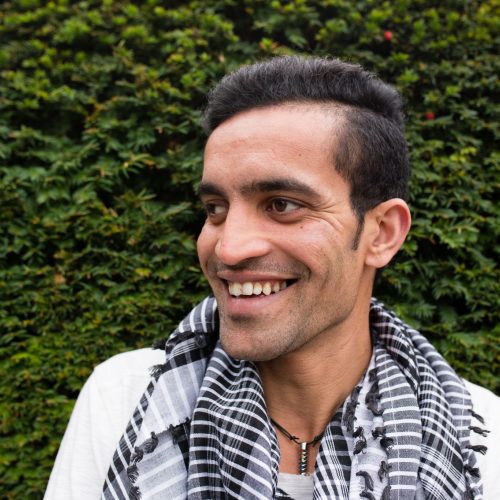Taliban Take Over: Voices from Afghanistan
This page is dedicated to all our Afghan friends who have made the treacherous journey to safety, to their families still at risk back home, and to everyone interested in learning more about the life before and the life now in Afghanistan.
Official Statement on Afghanistan
Their Story is Our Story stands with those suffering in Afghanistan. As we witness the clogged airport runways in Kabul we seek to clear the runways in our own communities and welcome our Afghan brothers and sisters as our new neighbors and friends.
Diary of An Afghan Woman
Zoya. Hasti. Baran. Noor. Mother. Teacher. Student. Wife. Dreamers. Curious. Fearless. Women in Afghanistan today.
Join them as they share with us about their daily lives, express their love for the country, the people, and each other. Read about their deepest fears and most intimate moments. This is their journey through the uncharted new chapter in Afghanistan's history.
We at TSOS are honored to provide a platform for their thoughts. We will post entries as we receive them. For safety purposes, names have been changed and only avatars (designed with input from each woman) will be used.
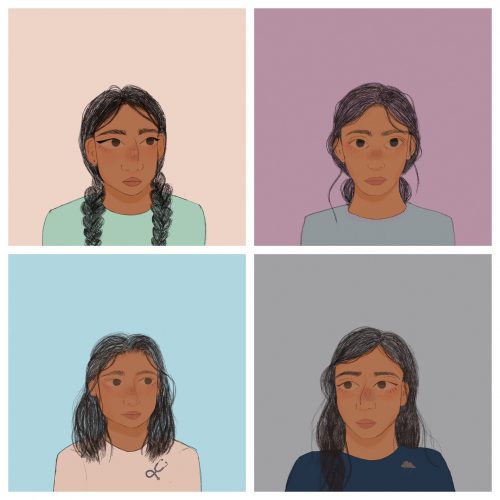
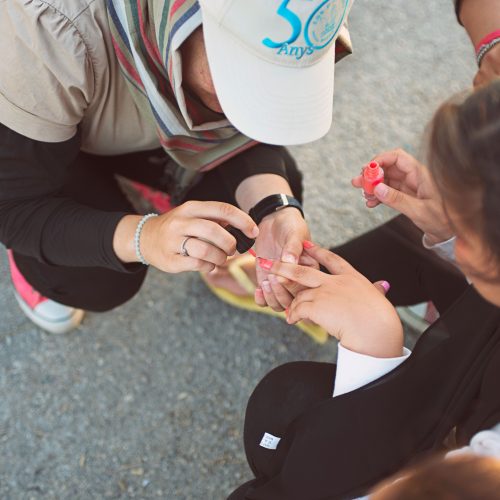



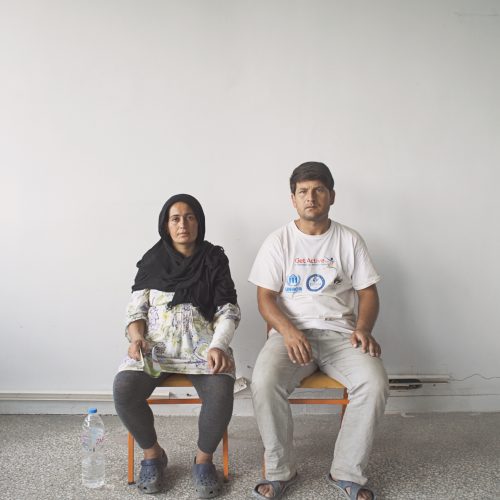
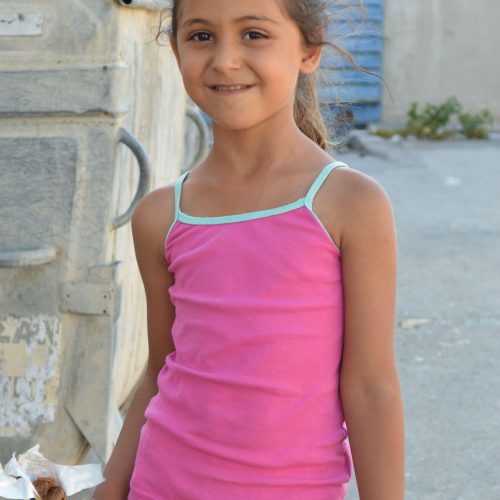

current situation
Nearly a quarter of a million Afghans were forced to flee their homes since the end of May 2021. This makes a total of half a million displaced Afghans in 2021. Women and children make up 80% of those on the move (Source: UNHCR).
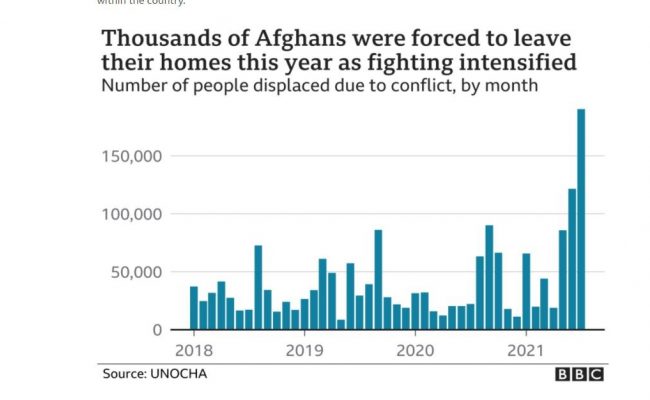
US Governors pledge to open their states to resettle Afghan refugees
*Massachusetts*Maryland*South Carolina*
*Utah*Vermont*Georgia*Oklahoma*California*
*Virginia*Wisconsin*Kansas*Colorado*Iowa*
As of 2019, Amnesty International estimated that there were more than 2.6 million registered Afghan refugees in the world, making them one of the world’s largest protracted refugee populations. (Source: Amnesty International).
In addition to that, an estimated 3.5 million are internally displaced.
With the Taliban controlling main roads, airports, and border crossings, the journey to safety is hazardous, and options are limited. If they are able to leave the country, the routes taken are hard and the distances are long.
Consider this: An Afghan family from Kabul, seeking refuge in Frankfurt, Germany, would have to walk almost 4300 miles (6900 km), cross several 10,000ft mountain ranges, and make a treacherous sea crossing between Turkey and Greece in an overloaded, unseaworthy rubber boat. That distance - from Kabul to Frankfurt - is the equivalent of walking from Boston, Massachusetts, to San Diego, California, then up the West Coast, past Seattle, Washington, to the Canadian border (distances calculated using Google Maps).
Read here about where most of the Afghan refugees are going.
*Temporarily, at the U.S. request
**UK pledged to take 5,000 this year, with a ceiling of 20,000 in the longer run
***US accepting 30,000-80,000
****Albania has pledged to take up to 4,000 - currently, there are 677 in Albania awaiting final resettlement

Vulnerability of Women
Speaking at a meeting on women, peace and security, Tadamichi Yamamoto, the UN’s Special Representative and head of the mission (UNAMA) stated that the “Gender inequality continues to prevail in Afghanistan with regard to women’s participation in peace processes, despite the fact that women are as affected by the conflict as men” (Source: United Nations).
This begins with women's access to education, criminal justice, and the labor market.



The Price of Flight: Mental Health
Afghan refugees have experienced the trauma of being forced to leave their homes. Many have faced multiple traumatic experiences, such as family separation, violence, and persecution which put them at risk for developing mental disorders including post-traumatic stress disorder (PTSD), depression, and anxiety disorders (Turrini et al., 2017). And the severity of these disorders may be exacerbated with longer asylum procedures or for asylum seekers who do not have official refugee status (Gerritsen et al., 2006; Laban et al., 2004). Post-migration living difficulties can also predict mental health problems in refugees (Li et al., 2016). Such difficulties may include regular life stressors such as medical visits or finding an apartment, compounded by language barriers and navigating an entirely foreign system. Afghan refugees also have relatively low mental health literacy (Yaser et al., 2016). All of this makes mental health a critical issue when considering Afghan refugees.
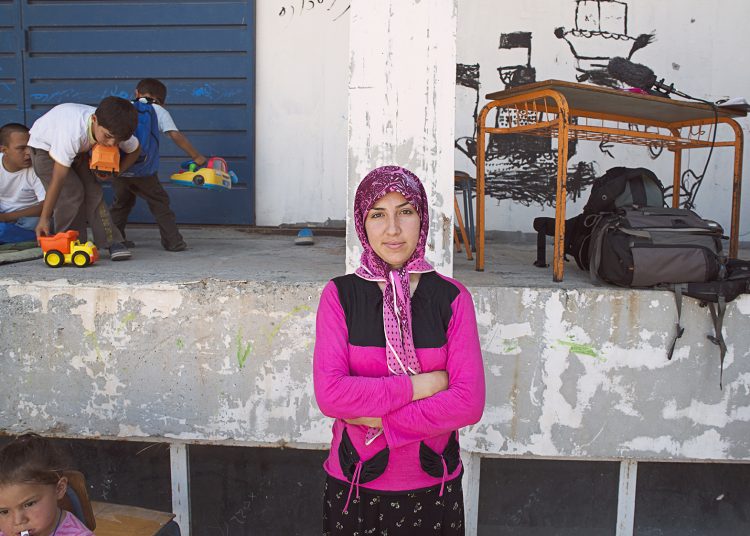
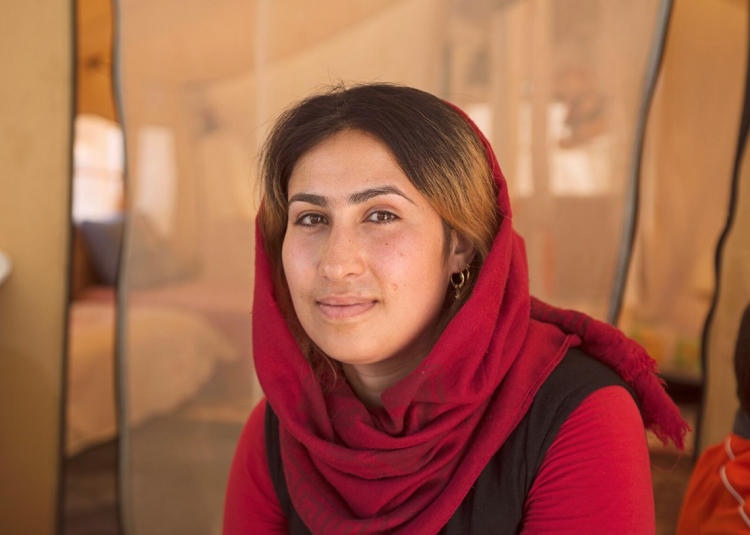

LEARN MORE ON THE TOPIC
Their Story is Our Story aims to change the perception and reception of refugees worldwide. We urge local citizens to create communities where newcomers feel supported and safe by contacting your elected officials to express support of refugee resettlement, to volunteer, or to donate in-kind or funds.
